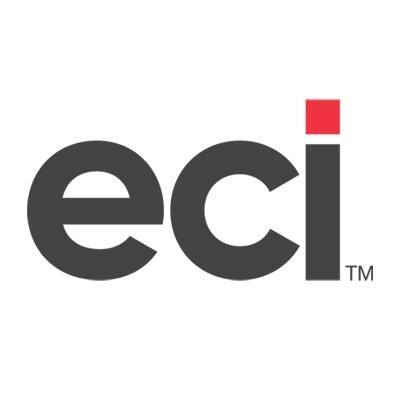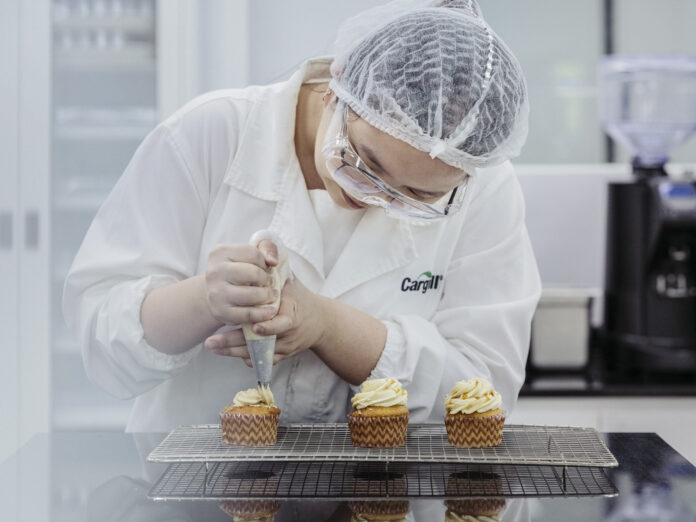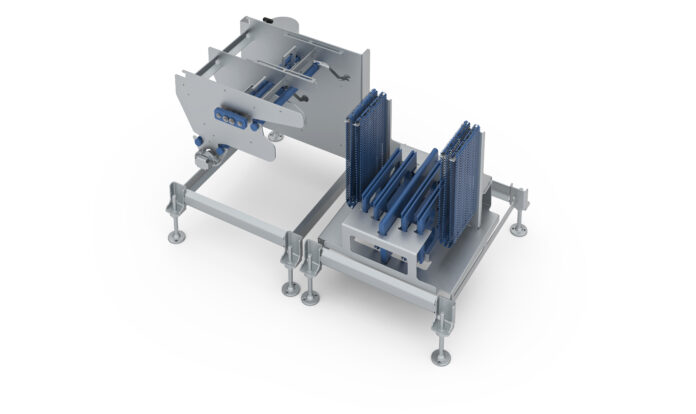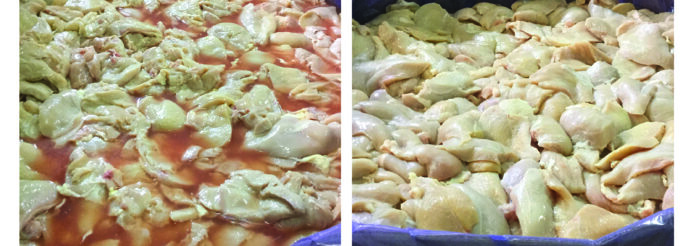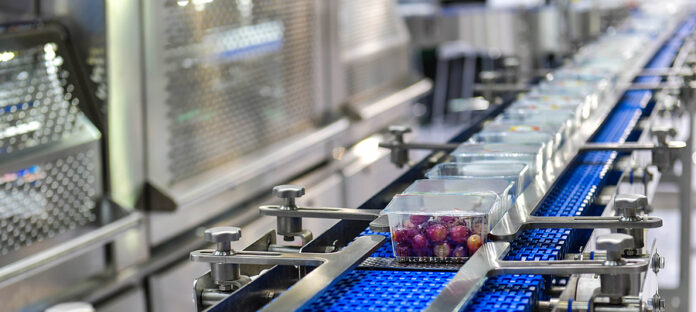
By Eric Whitley, Director of Smart Manufacturing at L2L
Since its inception, the food packaging industry has continuously transformed to meet the stringent regulatory mandates, ever-changing consumer demands, and the challenges presented by global supply chains.
With these challenges top of mind, food manufacturers are embracing digitalization and automation to boost efficiency, competitiveness, and customer satisfaction.
Here are four practical improvements digitalization and automation offer food packaging businesses.
1. Streamlined packaging processes
Automation in the food packaging industry has revolutionized food packaging processes, increasing its speed and accuracy. By standardizing advanced machinery and digital tools, organizations can achieve significant improvements in production speed.
These improvements are a direct result of:
- Reduction in human error: Automation ensures that each packaged item adheres to predetermined specifications, dramatically reducing inconsistencies like misalignments or labeling issues. This translates to fewer recalls and less waste due to packaging errors.
- Efficient handling of large volumes: Automated systems are built to manage massive orders seamlessly, ensuring that each item, regardless of the volume, is packaged to the same standard. This ensures that large batches maintain consistent quality and reach the market faster.
- Comprehensive packaging process overview: Digital integration offers stakeholders a holistic view of the packaging process. With real-time monitoring, it’s possible to identify bottlenecks, predict potential issues, and optimize workflows. This leads to quicker adjustments and more agile responses to any challenges that might arise.
Harnessing the power of automation in food packaging not only improves efficiency but also ensures consistent and high-quality output, setting the organization up for sustainable growth.
2. Higher quality output
It’s no secret that automated food packaging results in fewer quality discrepancies than manual packaging. This is largely due to factory automation, which ensures that products not only look and feel consistent but remain fresh and safe for consumption.
Here are a few ways in which digitalization and automation contribute to higher quality output:
- Uniformity in packaging: Automated systems ensure that every packaged item adheres to strict quality benchmarks. Whether it’s the alignment of labels, the tightness of seals, or the proportion of ingredients within, automation all but guarantees consistency.
- Improved freshness preservation: Advanced sealing techniques, driven by automated processes, optimize the preservation of freshness. They ensure that air and contaminants are kept out while maintaining the desired atmosphere inside the package. This prolongs shelf life and ensures that the end consumer receives a product that is as fresh as the day it was packaged.
- AI-driven quality checks: The integration of artificial intelligence (AI) into the packaging process introduces a layer of quality assurance that surpasses traditional methods. AI can instantly detect minor anomalies or deviations in packaging, prompting immediate corrections. This minimizes the chance of subpar products reaching the shelf.
Raising the quality of the end product also fortifies the brand’s reputation, cementing consumer trust and loyalty.
3. Improved traceability
As we become increasingly conscious about the origins and journeys of our food products, the food packaging industry has responded with innovative digital solutions to meet this demand. FMI’s 2018 survey revealed that a striking 94% of consumers are likely to be loyal to a brand of meat and poultry that offers complete transparency, while 73% would be willing to pay more for a product that offers complete transparency.
The core benefits of improved traceability include:
- Faster recall processes: Digital tools like blockchain, for example, can provide real-time information about every product’s journey from farm to fork. In the unfortunate event of contamination or any other quality issue, this system enables companies to swiftly identify affected batches, ensuring a rapid response and minimizing potential health risks.
- Boosted consumer trust: Transparent traceability systems empower consumers to verify the origins of their food products, from sourcing raw materials to production and packaging. This transparency fosters confidence in the brand, making consumers more likely to remain loyal and make repeat purchases.
- Enhanced credibility with regulatory authorities: With strict global food safety regulations in place, having a transparent and easily accessible traceability system can simplify compliance checks. It provides regulatory bodies with an instantaneous view of the entire product’s journey, demonstrating the brand’s commitment to established guidelines.
By embedding advanced digital tools into the traceability framework, the food packaging industry can offer consumers the clarity they expect, fortifying brand reputation and ensuring compliance with regulatory requirements around traceability.
4. Resource optimization
Through the integration of digital tools and automation, the industry has taken significant strides toward minimizing waste and maximizing output, ensuring both economic and environmental sustainability.
For example, one study shows that installing an IoT-based digital food waste monitoring system in a ready meal factory reduced food waste by over 60%, among other benefits.
Automation and digitalization lead to resource optimization in a few key ways:
- Cost savings through efficient resource usage: Whether it’s the accurate dispensing of ingredients or the exact cutting of packaging materials, automation ensures that resources are utilized to their fullest, translating to considerable cost savings in the long run.
- Reduction in environmental footprint: Minimizing waste not only has economic benefits but also environmental ones. By reducing overproduction, excess usage of materials, and energy consumption, automation helps in significantly diminishing the industry’s carbon footprint.
- Workforce optimization and empowerment: By automating repetitive tasks, workers can be redirected to more value-driven tasks. The concept of the connected worker comes into play here, as digital tools facilitate real-time communication, collaboration, and training, ensuring that employees are always synchronized and aligned with the broader organizational goals.
Embracing automation and digital tools for resource optimization ensures that the food packaging industry operates at peak efficiency, balancing economic gains with environmental responsibility while paving the way for a more sustainable and resilient future.
Food for thought
From streamlining production processes and ensuring consistent product quality to enhancing traceability and optimizing resources, technological advancements have set the stage for an industry that is more efficient, sustainable, and responsive to consumer demands.
For stakeholders in the food industry, there’s an undeniable call to action: invest in these innovations and harness their potential. The future promises an industry where transparency is the norm, sustainability is a mandate, and quality is consistent.
 After an extensive career as a reliability and business improvement consultant, Eric joined L2L, where he currently serves as the Director of Smart Manufacturing. His role in this position is to help clients learn and implement L2L’s pragmatic and simple approach to corporate digital transformation.
After an extensive career as a reliability and business improvement consultant, Eric joined L2L, where he currently serves as the Director of Smart Manufacturing. His role in this position is to help clients learn and implement L2L’s pragmatic and simple approach to corporate digital transformation.

Credit: Source link


